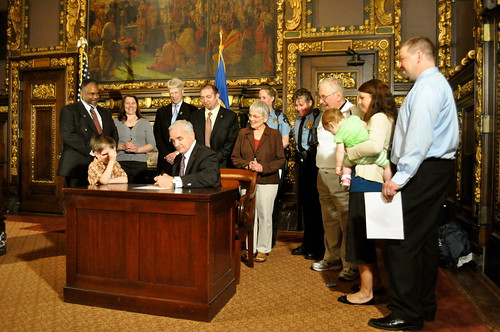- Make sure your spouse knows that you have heard their own complaints. On a consistent basis, when they start to complain about your behavior, let them know you understand they are unhappy also, and that you want them to be happy as much as you want to be happy. Life is short, and going around in circles over what can’t be fixed is wasted time. It’s important to acknowledge with respect that you may not be able to meet each other’s needs, even if you were able to do so at one time.
- Do your research. Find ways to approach a potential divorce as positive as possible, and will not end in your family’s ruin. Collaborative Divorce is a professional team approach to solving family differences which focuses on creating the smartest solution possible – with an intentional financial plan, and parenting plan. Find a way to contain the amount of time you need to make decisions, to contain the cost and get the smartest solution possible for your family. Share the positive aspects of your research with your spouse.
- Find a safe place to talk. This may NOT be your kitchen table, or the local coffee shop. It may be in the office of a family specialist with the knowledge and skill to create a therapeutic setting for tough conversations. Talk with respected friends and colleagues who may know a Licensed Marriage and Family Therapist (LMFT), Licensed Social Worker (LICSW), Psychologist (LP) or other mental health professional who understands the dynamics of family systems and has a positive, proven approach.
Professionals who work with divorcing couples know that it is rare for couples to be at the same place in terms of deciding whether the marriage needs to end. In almost every case, there is one spouse who has taken more time to think about the life of the marriage and how it may have become damaging to both parents and children.
What are some tips for those who have given the subject a great deal of thought, and think the future could be brighter in two homes?







